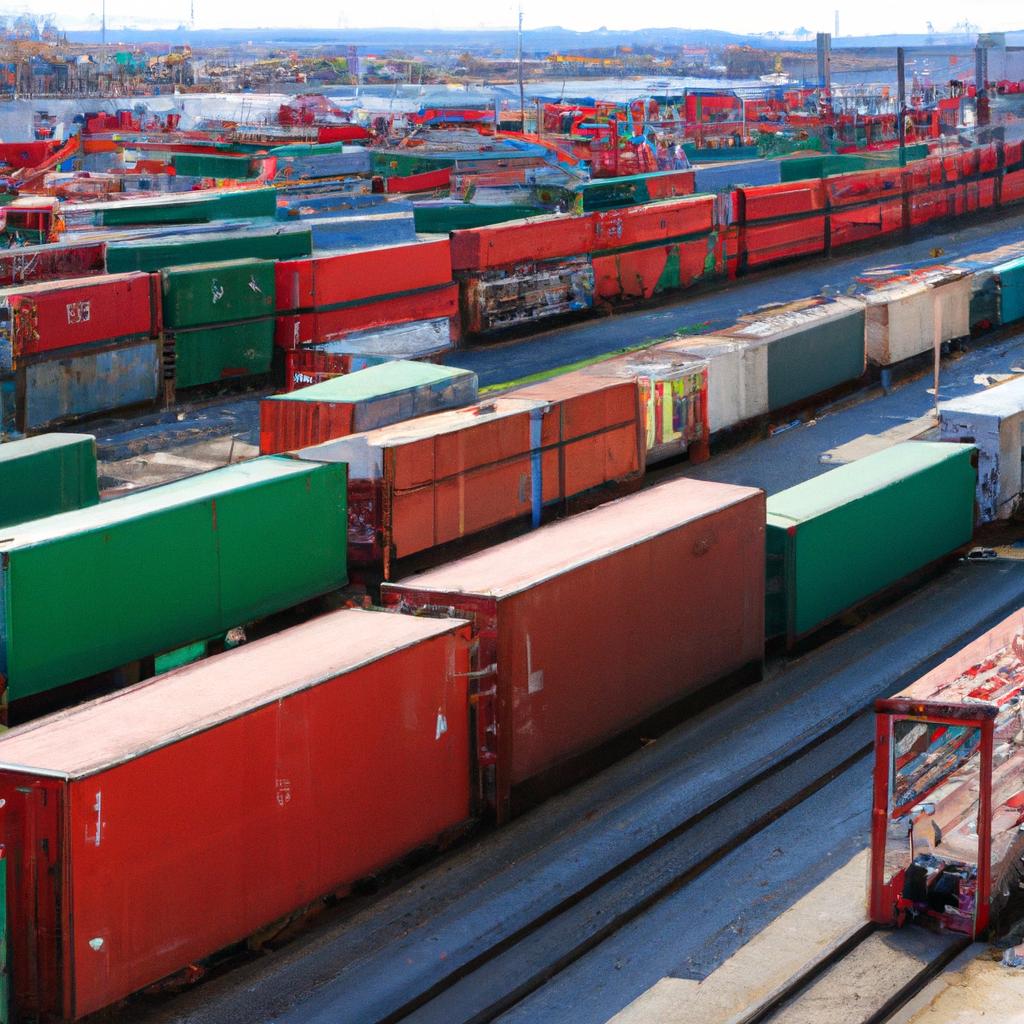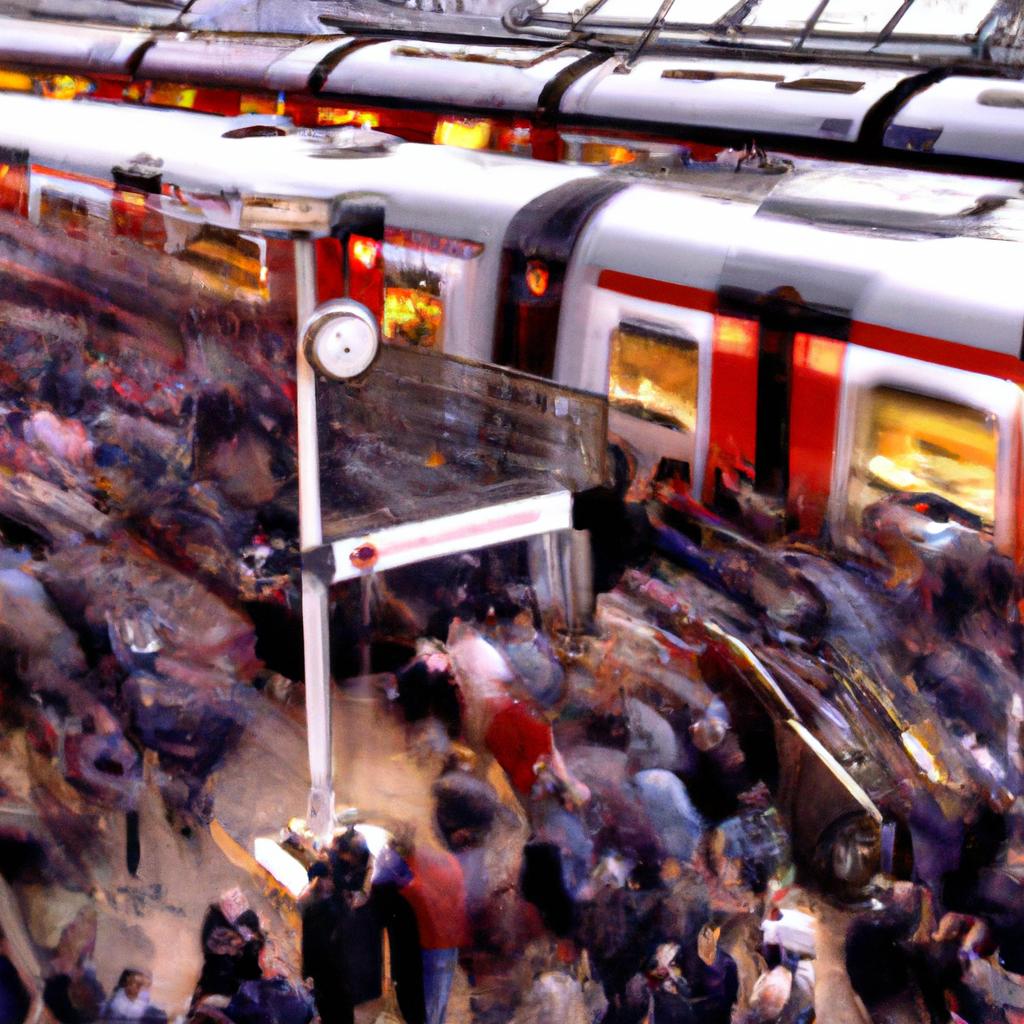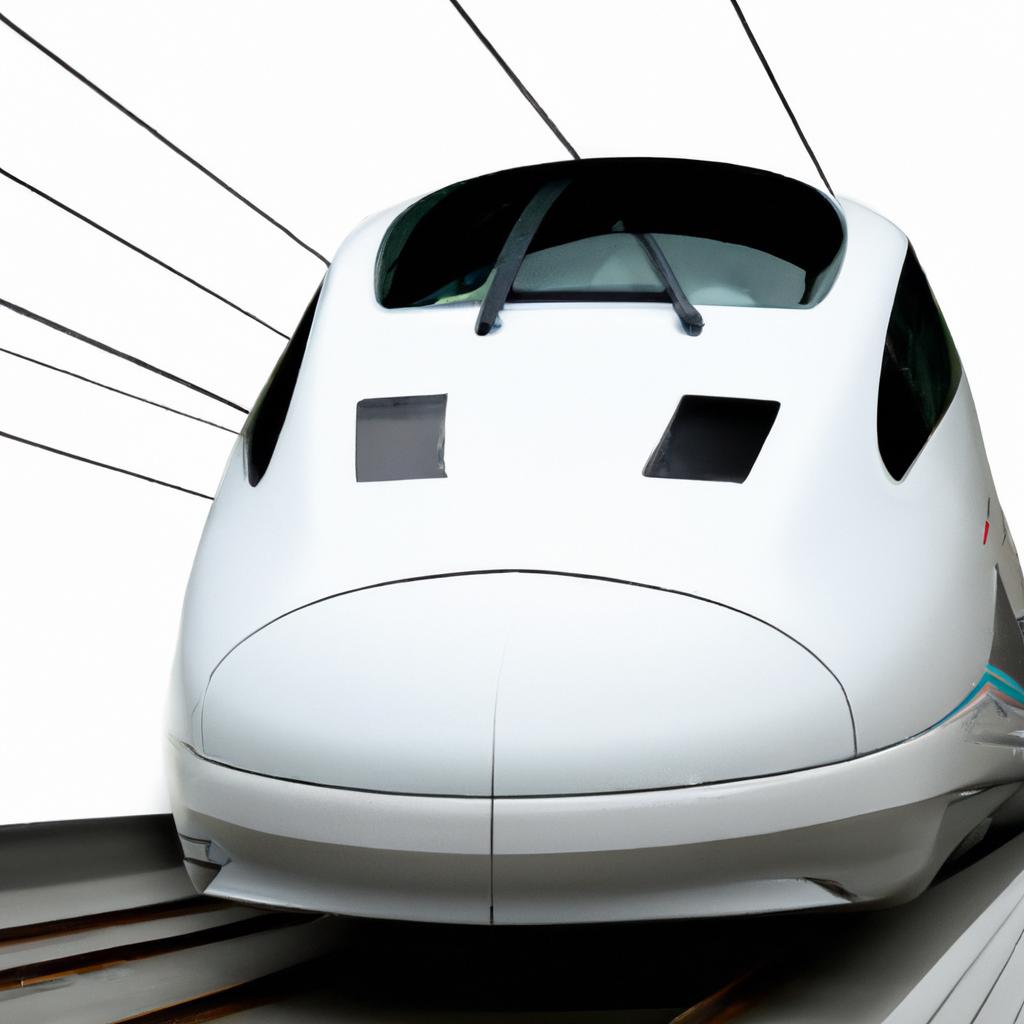The railway market is a vital component of modern transportation and logistics, serving as a crucial link in the supply chain for both passenger and freight transport. In this article, we will explore the railway market and gain a deeper understanding of its significance in today’s world.
Defining the Railway Market
The railway market encompasses a comprehensive system of transportation infrastructure that utilizes trains to transport goods and passengers. This system includes tracks, stations, and rolling stock, such as locomotives and railcars. There are different segments within the railway market, including passenger, freight, urban, and high-speed railways, each with its unique characteristics and challenges.

A Glimpse into the Rich History of the Railway Industry
The railway industry has a fascinating history that dates back to the early 19th century. The invention of the first steam-powered locomotive in 1804 laid the foundation for the rapid development of railways as a significant mode of transportation. Throughout the Industrial Revolution, the railway industry played a pivotal role in facilitating the efficient transportation of goods and raw materials.

Understanding the Importance of the Railway Market
The railway market continues to play a crucial role in modern transportation and logistics, offering a cost-effective and efficient mode of transportation for both passengers and freight. Furthermore, railways are environmentally friendly, contributing to the reduction of carbon emissions. Notably, the railway market serves as a significant source of employment, providing job opportunities in various fields, including engineering, operations, and logistics.
Urban railway stations, especially during peak commuting hours, are often the busiest and most crowded.

As we move forward, it’s crucial to recognize the ongoing relevance of the railway market in the current transportation landscape. In the next section, we will examine the market size, trends, and projections of the railway industry.
Market Size and Trends
The global railway market is a vast and complex industry with numerous players and stakeholders. Let’s take a closer look at its market size, emerging trends, and the driving forces behind its growth.
Overview of the Global Railway Market
According to a report by MarketsandMarkets, the global railway market was valued at $4.5 billion in 2019 and is projected to reach $5.4 billion by 2025, growing at a compound annual growth rate (CAGR) of 2.9% during the forecast period. This growth is driven by the increasing demand for both passenger and freight transport.
Key Players in the Industry
The railway market is composed of various players, including railway operators, rolling stock manufacturers, infrastructure providers, and maintenance and service providers. Some of the key players in the industry include China Railway Corporation, Deutsche Bahn AG, Union Pacific Railroad, and Indian Railways.
Market Size and Growth Projections
Multiple factors contribute to the growth of the railway market, including urbanization, increasing demand for goods and services, and environmental concerns. The passenger railway market is projected to grow at a CAGR of 3.5% over the next five years, while the freight railway market will experience a CAGR of 2.9% during the same period.
Emerging Technologies and Their Impact on the Railway Market
The railway market is undergoing transformation through the adoption of emerging technologies such as the Internet of Things (IoT), artificial intelligence (AI), and automation. These technologies enable railway operators to enhance safety, reliability, and efficiency while reducing costs and improving the overall customer experience.

In the subsequent section, we will delve into the market segmentation of the railway industry, exploring the passenger, freight, urban, and high-speed railway markets.
Market Segmentation: Unlocking the Railway Market’s Diverse Potential
The railway market can be segmented into four main categories: passenger, freight, urban, and high-speed railways. Each segment plays a critical role in the transportation industry and presents unique opportunities and challenges.
Passenger Railway Market: Connecting People and Places
The passenger railway market offers transportation services for travelers, encompassing intercity and commuter rail services. It serves as a vital mode of public transportation in numerous regions, providing a comfortable and cost-effective alternative to air travel or private cars.
Freight Railway Market: Driving Global Supply Chains
The freight railway market focuses on transporting goods across long distances, playing a crucial role in the global supply chain. With advantages like lower costs and reduced carbon emissions, freight railways are a preferred mode of transportation for efficient logistics operations.
Urban Railway Market: Enhancing Urban Mobility
The urban railway market provides transportation services within urban areas, consisting of light rail, subway, and tram systems. Urban railways play a vital role in reducing traffic congestion and offering a convenient and cost-effective alternative to private cars.
High-Speed Railway Market: Enabling Swift and Sustainable Travel
The high-speed railway market facilitates fast and eco-friendly travel for passengers at speeds exceeding 250 km/h. Although a relatively new segment, high-speed railways have experienced significant growth in recent years due to advantages like shorter travel times and reduced carbon emissions.

In the following section, we will explore the regulatory framework governing the railway market, ensuring its efficiency, safety, and environmental sustainability.
Regulatory Framework: Fostering Responsible Railway Operations
The railway market operates under various regulations and policies that govern its activities, maintaining fair competition, safety, and environmental protection. Let’s take a closer look at the regulatory framework and its impact on the industry.
Overview of the Regulatory Framework Governing the Railway Market
The specific regulatory framework governing the railway market varies from country to country. In the United States, the Surface Transportation Board (STB) oversees the industry, while in Europe, the European Union Agency for Railways (ERA) holds regulatory authority. These regulations aim to ensure safety, environmental protection, and fair competition while upholding the efficiency of railway operations.
Key Regulations and Policies
The railway market operates under a set of regulations and policies that influence its operations. Some crucial regulations and policies encompass safety standards, labor laws, pricing regulations, and environmental regulations. These regulations ensure passenger and workforce safety, fair competition, and environmental sustainability.
Impact of Regulations on the Industry
Regulations and policies significantly impact the railway industry, affecting operational efficiency, transportation costs, and the safety of passengers and workers. Safety regulations, for instance, increase operational costs, while environmental regulations necessitate the adoption of expensive technologies to reduce emissions. Additionally, pricing regulations affect the competitiveness of railway companies, while labor laws influence the working conditions of railway employees.

In conclusion, the railway market is an essential component of modern transportation and logistics, offering a cost-effective and environmentally friendly mode of transportation for both passengers and freight. It serves as a significant employer, generating job opportunities in various fields, and contributes to the efficient movement of goods and raw materials.
The competitive landscape of the railway market is dynamic, with key players continuously striving to innovate and meet customer needs. Additionally, emerging trends like digital technologies and sustainability initiatives are shaping the future of the industry.
At TooLacks, we are committed to providing our readers with the latest news and insights on a wide range of topics, including the railway market. For more information on the railway industry and other exciting topics, visit our website TooLacks.
References:
- “Railway Industry Association.” Railway Industry Association, www.riagb.org.uk/.
- “International Union of Railways.” International Union of Railways, www.uic.org/.
- “Rail Transport Statistics.” European Union, ec.europa.eu/transport/modes/rail/statistics_en.


